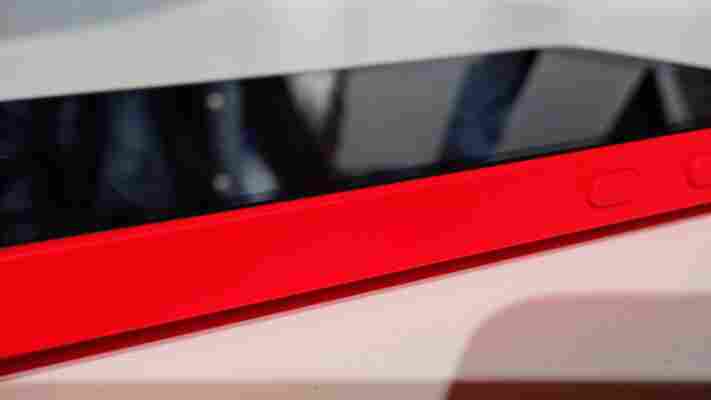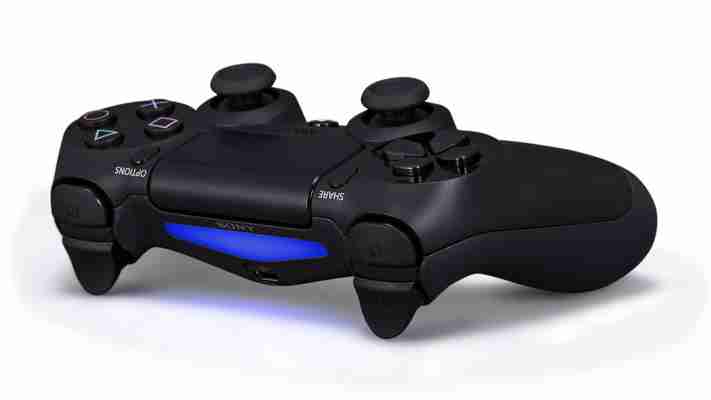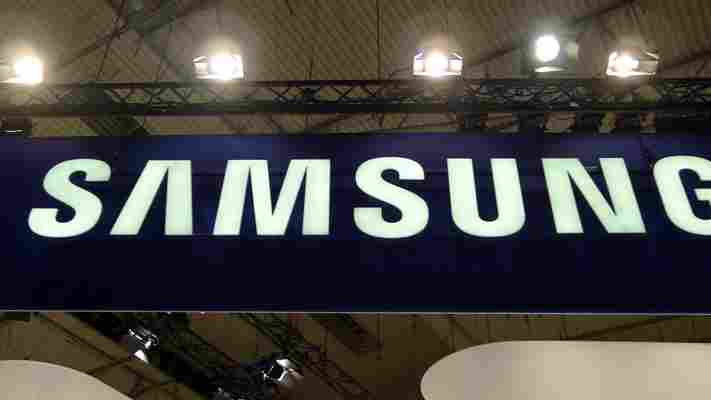Nokia finally launching an Android-based handset might not be the biggest surprise given the number of leaks leading up to Mobile World Congress this year, but there’s a world of difference between leaks and rumors and using the device in the flesh, so we went hands on to see what the device had to offer at first glance.

With just a 1GHz processor on board, I hadn’t expected it to perform particularly snappily – and indeed, it’s not quite as fast as a high-end smartphone when navigating around, but then, priced at less than €90, it doesn’t attract the same kind of cash commitment either.
That’s not to say it lags horribly in normal use either. We’ll need to take a more detailed look at the device to see how well it handles multitasking when you have lots of apps open at once.
Like the Asha range, it features the Fastlane UI that provides a chronological list of everything you’ve done with the phone so you can quickly jump to anything you need to access again. I actually really like this feature, so it’s good to see it making its way up the hardware chain a little and outside of Asha-branded devices.
Rather than adopt the standard Android home screen, the page is split into Live Tile-esque icons, although they’re not actually live tiles and won’t update automatically in the same way.
Similarly, rather than have a sea of apps and numerous possible home screens, scrolling left or right from the main screen takes you to the Fastlane UI. Carry on scrolling and you’re returned back to the main home screen. No matter which direction you go in, the home screen has infinite horizontal scroll between them.
It makes sense that Nokia would want to differentiate the experience of using a Nokia X from any other Android smartphone through a custom UI, and as the devices are aimed primarily at growth markets, there’s a good chance that this will be the first fully-fledged smartphone that some users will touch. So it equally makes sense to keep the main menus and home screens straightforward and uncluttered.
Similarly, it’s no prom queen in terms of size or weight but it’s also not excessive by any means, and whether you like the slightly blocky industrial design of the device is down to you – either way, it’s very much in keeping with the rest of Nokia’s line-up. It also doesn’t feel quite as cheap as I feared it might with its all plastic chassis and relatively low price tag.
Unfortunately, with patchy WiFi on the show floor at MWC 2014 and no opportunity to see what photographs look like on a larger screen, it’s hard to say how well the camera perfoms – we’ll have to wait to get a full review model for more on this, but don’t go expecting Lumia-like performance.
The XL offers much of the same experience – with little to no obvious differences when actually using it from the Nokia X – but with a larger 5-inch display.
Overall, the Nokia X family is an interesting development for the Finnish company – and at first look seems like it could satisfy some buyers’ desire for a Nokia branded Android phone. However, if what you really wanted was a Lumia camera phone running the Android OS, then you’re left wanting. We’ll have a full review up of the Nokia X devices in the near future.
Visit our MWC 2014 page for more coverage
Sony employee says ‘we hear you’ in response to growing fan backlash over rumored PlayStation 4 DRM
When video game journalist Geoff Keighley mentioned on GameTrailers that the PlayStation 4 might use DRM to stop pre-owned game sales , gamers got pretty upset.

So much so that a thread was quickly setup by user famousmortimer on the popular message board NeoGAF, suggesting that players reach out to several Sony executives with their opinion on the matter.
The hashtag #PS4NoDRM has quickly gained momentum on Twitter, with users pleading for Sony to avoid the widely rumored, but still not confirmed activation fee that Microsoft is deliberating for the Xbox One.
John Koller, Head of Hardware Marketing at Sony PlayStation, was spotted by Gameranx posting the following tweet: “This is why I love PlayStation fans- the passion bucket overflows #playstation.”
Meanwhile Nick Accordino, a producer for Sony Computer Entertainment America (SCEA), told fans that the company was listening to their feedback. “Humbled by the outpouring of passionate PlayStation fans and their willingness to talk to us directly. Please know that we hear you,” he said .
Similar responses have been sent out by Shadid Kamal Ahmed, a senior business development manager at Sony and Scott Rhode , head of software product development for PlayStation at the company.
Neither Sony nor Microsoft has announced how it will support pre-owned games with their next generation of video game consoles. Microsoft has come under fire recently for offering mixed messages after its Xbox One unveiling, which has caused fans to speculate over the company’s plans.
Sony has yet to offer an explanation either, but has somehow managed to avoid much of the backlash and negative press being compounded on the Internet. Comments such as these effectively reinforce the firm’s “no comment” stance, but also highlight a wider strategy to position the PlayStation 4 as a ‘for gamers, by gamers’ video game console.
Keighley wasn’t particularly clear about Sony’s rumored DRM plans either, however: “The one thing that is amazing to me is that right now we’re not hearing a lot from the game publishers about what their view is on this,” he said on the latest episode of Bonus Round, a panel show about video games hosted on GameTrailers.
“The console companies are becoming the bad guys. And, you know, Microsoft is getting beaten up a lot on it. Sony, I think, has been seen as this kind of white knight so far that’s not going to restrict used games. Based on some of the things I’m hearing, I don’t think that’s entirely true, because I can’t see publishers allowing one system to do one thing and one do another.”
The only substantial information regarding the company’s strategy has arguably come from a Sony spokesperson speaking to Game Informer earlier this year:
“We are just now announcing the basic vision and strategy of PS4 and will have more information to share regarding used games later this year. But PlayStation has a long history of keeping its gamers happy and we won’t make decisions that damage our relationship with them.”
While fan outcry continues to gain momentum, it’s important to remember that these are the hard facts; both the PlayStation 4 and Xbox One will support pre-owned games, but the systems surrounding future trade-ins are completely unknown. For all we know, it could be exactly the same as the current generation of hardware.
Just hold on for E3 folks. It’s going to be okay.
Samsung reveals the Galaxy Tab 3, a 7-inch Android tablet to take on the Nexus 7 and iPad mini
Samsung continues to expand its range of Android-based tablets with the newly unveiled Galaxy Tab 3 , a 7-inch slate designed to compete almost directly with Google’s Nexus 7 and Apple’s iPad mini.

It’s powered by an unknown 1.2 GHz dual-core processor, with either 8GB or 16GB of internal storage and 1GB of RAM. As is common with most mobile devices by Samsung, there’s also a microSD slot for up to 64GB of additional storage.
The WSVGA display is a little underwhelming: the 1024×600 resolution is equal to 169 ppi, compared with 1280×800 pixels (216 ppi) available on the Nexus 7.
The device supports both WiFi and 3G connectivity and comes with a 3-megapixel rear-facing camera, alongside a modest 1.3-megapixel iteration on the front. Both are likely serviceable for quick uploads to Twitter or Instagram, but unlikely to replace your smartphone or compact camera for high-resolution shots.
The Galaxy Tab 3 runs Android 4.1 (Jelly Bean), albeit with Samsung’s TouchWiz skin and plethora of apps and services plastered on top. This includes Music Hub, Game Hub, Video Hub and Learning Hub, as well as Samsung’s ChatON instant messaging client.
A Li-ion 4,000 mAh battery is nestled inside the chassis; at just 9.9mm thick, it’s a pretty slick-looking device.
Samsung says the WiFi only version will be available globally from the beginning of May, with the WiFi/3G variant following in June.
“The product availability varies by market and will be rolled out gradually,” the company added.
Pricing is yet to be revealed, but given the low-end hardware it should be more affordable than the Galaxy Note 8.0, which launched in the U.S for $399.99 earlier this month.
